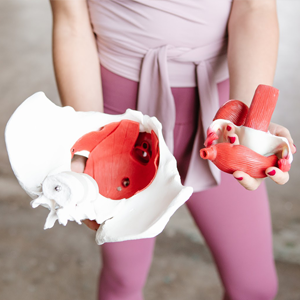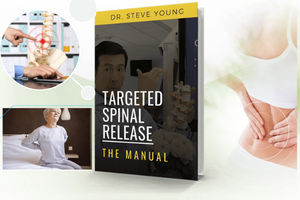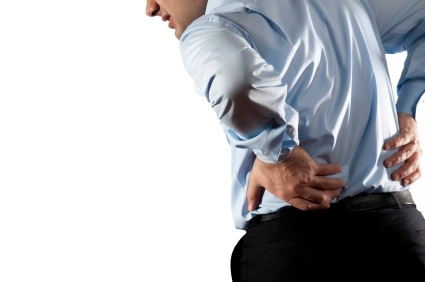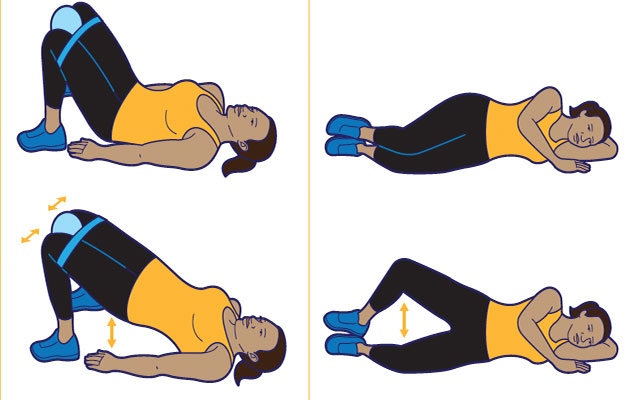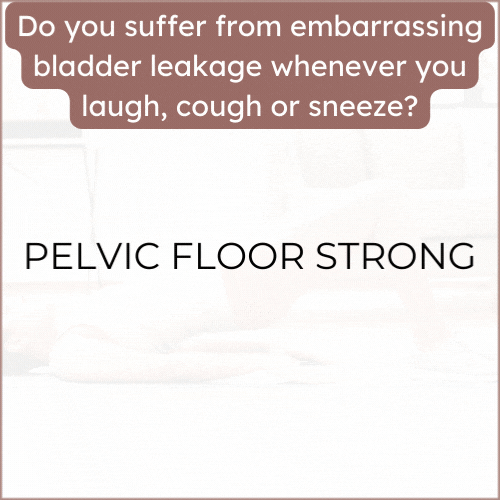What habits might be affecting my pelvic floor muscles?
There are several habits that could potentially affect the function of your pelvic floor muscles. These muscles are responsible for supporting the bladder, urethra, vagina, uterus, bowel, rectum, and anus, as well as controlling urine, fecal and gas release, and supporting sexual function [5]. Below are some common habits that could potentially impact your pelvic floor muscles:
-
Sedentary lifestyle: According to Dr. Elizabeth Maher, a gynecologist, a sedentary lifestyle can compound the effects of aging, which can lead to weakened pelvic floor muscles [4]. Therefore, engaging in regular physical exercise, especially resistance training, can stimulate the muscles and bones, improve mobility, and enhance overall function.
-
Poor posture: Prolonged sitting, slouching, or hunching can put pressure on the pelvic floor muscles and weaken them over time [3].
-
Straining during bowel movements: Straining while defecating can cause the pelvic floor muscles to become weak or overstretched, leading to pelvic floor dysfunction [1].
-
Chronic coughing: Chronic coughing can put stress on the pelvic floor muscles and weaken them over time, leading to issues such as urinary incontinence [2].
-
High-impact exercises: Certain high-impact exercises, such as jumping or running, can cause the pelvic floor muscles to become tense or overactive, leading to issues such as pelvic pain or urinary incontinence [6].
-
Holding in urine or feces: Holding in urine or feces for long periods of time can cause the pelvic floor muscles to become tense or overactive, leading to issues such as urinary incontinence or constipation [9].
It is important to note that the above habits may not necessarily affect everyone's pelvic floor muscles in the same way. If you are experiencing symptoms such as pain, discomfort, incontinence, or constipation, it is recommended to speak with a healthcare professional to determine the underlying cause and appropriate treatment options. Treatments may include biofeedback, pelvic floor physical therapy, medications, or surgery [1].





